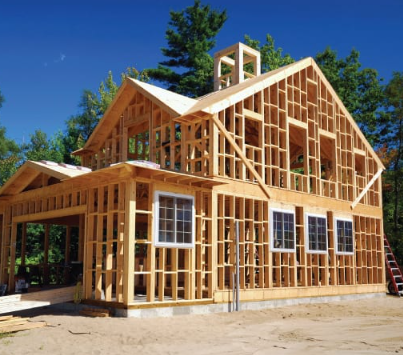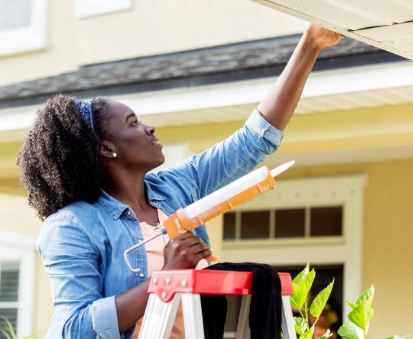Household bugs can disrupt comfort and health, making effective bug extermination service essential. This guide shares practical strategies for safe pest control.
Identifying Common Household Pests
Understanding the pests in your home is the first step toward effective bug extermination service. Common invaders include ants, cockroaches, bedbugs, and pantry moths. Each pest has unique habits; for example, ants often trail to food sources, while bedbugs hide in mattress seams. Inspecting areas like kitchens, bathrooms, or bedding can reveal signs like droppings or shed skins. Recognizing these patterns helps target the problem accurately. For instance, cockroaches thrive in warm, moist environments, so checking under sinks is key. Proper identification ensures the right approach, saving time and effort.
Assessing the Scope of Infestation
Before starting any bug extermination service, evaluate how severe the infestation is. A few ants may suggest a minor issue, but widespread sightings or nests indicate a larger problem. Look for entry points, such as cracks in walls or gaps around windows, where pests might enter. Checking hidden areas like baseboards or behind appliances can reveal colonies. For example, termites often leave mud tubes near foundations, a sign of structural risk. Documenting the extent of the issue helps decide whether professional help or DIY methods are appropriate. This step prevents underestimating the problem, which could lead to recurring infestations.
Safe DIY Pest Control Methods
Many homeowners prefer starting with DIY bug extermination service methods for minor issues. Non-toxic options like diatomaceous earth can dehydrate insects like ants or roaches without harming pets. Sprinkling it in problem areas, such as along baseboards, can be effective. Vinegar solutions can deter ants by disrupting their scent trails. For pantry pests, sealing food in airtight containers prevents access. However, DIY methods require caution—overusing sprays can contaminate surfaces. Always follow product instructions and avoid applying chemicals near food or pet areas. These methods work best for small infestations but may not address hidden colonies.
When to Call Professional Services
For persistent or large-scale infestations, a professional bug extermination service offers expertise. Professionals use integrated pest management (IPM), combining inspection, treatment, and prevention. They may employ targeted baits or eco-friendly sprays that minimize environmental impact. For example, bedbug treatments often involve heat applications to eliminate pests without chemicals. Professionals also identify structural vulnerabilities, like unsealed pipes, that DIY methods might miss. While costs vary depending on the infestation, licensed exterminators provide tailored solutions. Researching local services and checking certifications ensures reliable treatment, especially for pests like termites that require specialized skills.
Preventing Future Infestations
Prevention is a critical part of any bug extermination service plan. Sealing entry points, such as cracks or gaps around doors, blocks pest access. Regularly cleaning floors and countertops removes food crumbs that attract ants or roaches. Storing trash in sealed bins and emptying them frequently reduces pest temptation. For outdoor areas, trimming plants away from the home limits pest pathways. Humidity control, like using dehumidifiers in basements, discourages moisture-loving pests like silverfish. Consistent maintenance, such as inspecting stored goods for pantry moths, helps catch issues early. These habits create an environment less inviting to pests.
Health and Safety Considerations
Bug extermination service must prioritize safety to protect household members. Chemical treatments, even those used by professionals, can pose risks if mishandled. Always ventilate areas after treatment and keep children or pets away until safe. Natural alternatives, like essential oil sprays (e.g., peppermint for spiders), can reduce chemical exposure but may not suit all pests. Reading labels and following safety guidelines is crucial, especially with over-the-counter products. For sensitive individuals, such as those with allergies, consulting professionals about low-toxicity options is wise. Proper storage of pesticides, out of reach of children, prevents accidents.
Environmental Impact of Pest Control
Eco-conscious bug extermination service considers environmental effects. Overusing chemical pesticides can harm beneficial insects, like pollinators, or contaminate soil. IPM strategies, often used by professionals, focus on minimal chemical use by combining traps, baits, and habitat changes. For example, sticky traps can monitor pest activity without sprays. Homeowners can also plant pest-repelling herbs, like basil, near entryways. Choosing biodegradable or organic products supports sustainability. Researching eco-friendly exterminators or products ensures treatments align with environmental values while effectively managing pests.
Maintaining a Pest-Free Home
Long-term success in bug extermination service relies on ongoing vigilance. Regular inspections of high-risk areas, like attics or garages, catch early signs of pests. Rotating stored food and checking for chewed packaging prevents pantry infestations. Weatherproofing homes, especially during seasonal changes, blocks pest entry during migrations. For example, rodents and insects often seek indoor shelter in colder months. Partnering with a bug extermination service for periodic checks can maintain control, especially in pest-prone regions. Homeowners who stay proactive with cleaning and repairs create a strong defense against recurring issues.
In conclusion, safe and effective bug removal combines identification, targeted treatments, and prevention. Whether using DIY methods or professional bug extermination service, understanding pest behavior and prioritizing safety is key. Regular maintenance and eco-friendly practices support a pest-free home while protecting health and the environment. By taking informed steps, homeowners can address infestations efficiently and maintain a comfortable living space.





